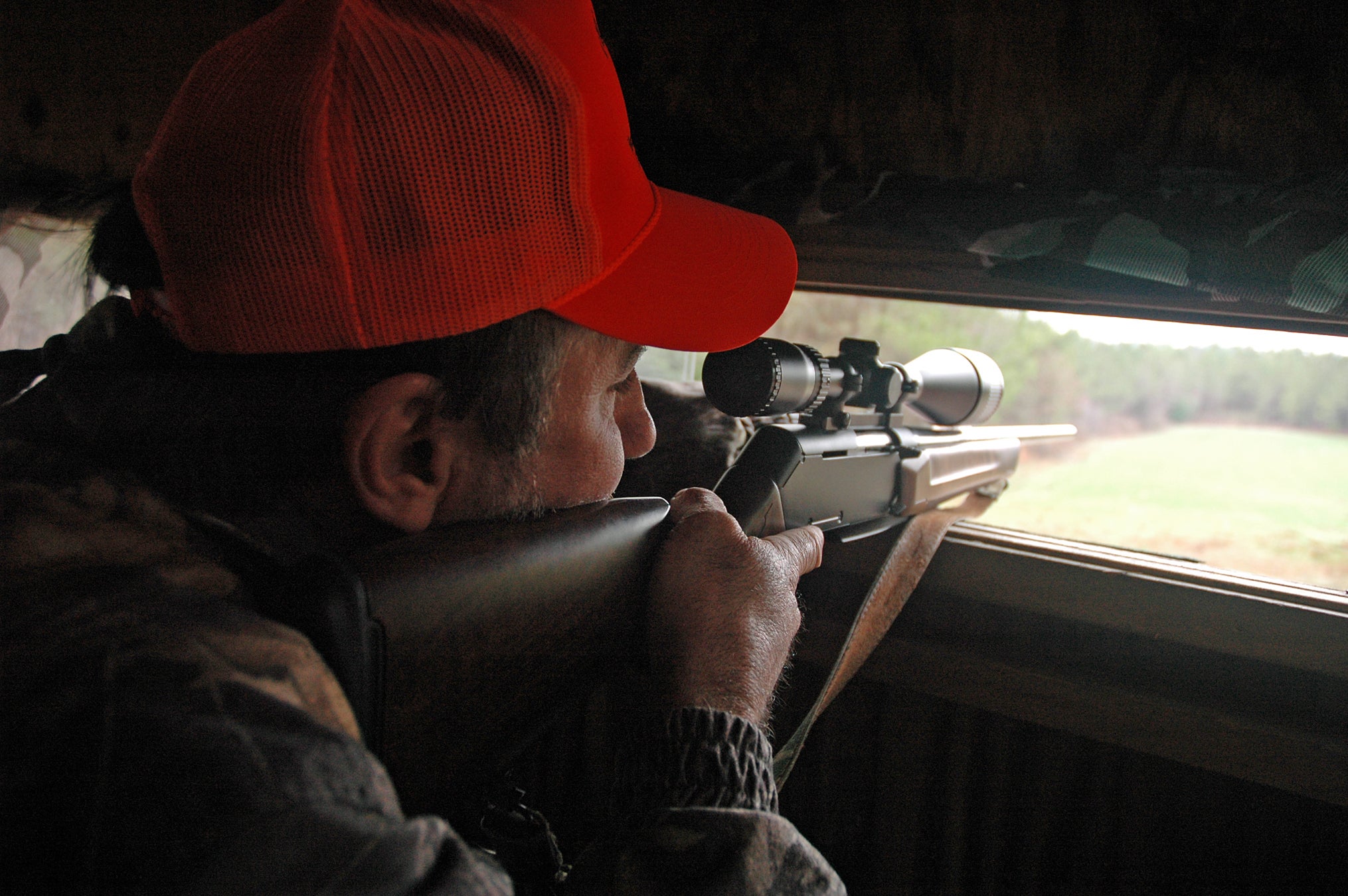By DAVID RAINER, Alabama Department of Conservation and Natural Resources
Although the number of hunting accidents has held steady for the last several years, Captain Marisa Futral doesn’t want Alabama’s hunters to take anything for granted during the state’s lengthy hunting seasons.
Futral, the Alabama Wildlife and Freshwater Fisheries (WFF) Division’s Hunter Education Coordinator, said accidents for the past five years have averaged about 20 per hunting season, which she considers encouraging but not the ultimate goal.
Of the 22 accidents during the 2019-2020 season, WFF staff had reports of eight non-fatal firearms accidents, one fatal firearms accident, 10 non-fatal treestand accidents and three fatal treestand accidents.
“Of our non-fatal firearms accidents, half of them were self-inflicted,” Futral said. “The other half was failure to properly identify the target. The one fatality was failure to identify the target during turkey season. We really need to emphasize properly identifying the target before you put your finger on the trigger.
“And don’t get complacent. One of the non-fatal firearms accidents occurred when the hunter tripped and shot himself in the foot. Hunters need to be constantly aware of the muzzle direction of their firearm. Of the 13 treestand accidents, the victims either weren’t wearing safety harnesses or they weren’t attached to the tree. You need to be attached to the tree the entire time you’re off the ground.”
Futral said she can’t stress that last statement enough about being attached to the tree with a safety line from the time your feet leave the ground climbing until your feet touch the ground descending.
“A wide variety of accessories is available to ensure you are attached to the tree at all times,” she said. “Harnesses are much more comfortable than they were 10 years ago. They are easy to put on and are lightweight.”
Of the three treestand fatalities, Futral said the cause of one accident in Jackson County could not be determined. One fatal accident occurred in Fayette County when the victim fell out of his stand, and the other fatality occurred as the hunter was climbing down out of the stand.








